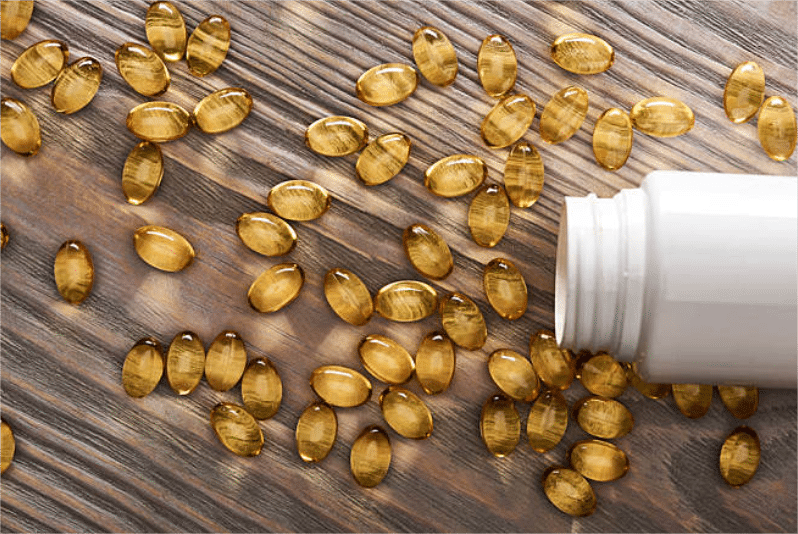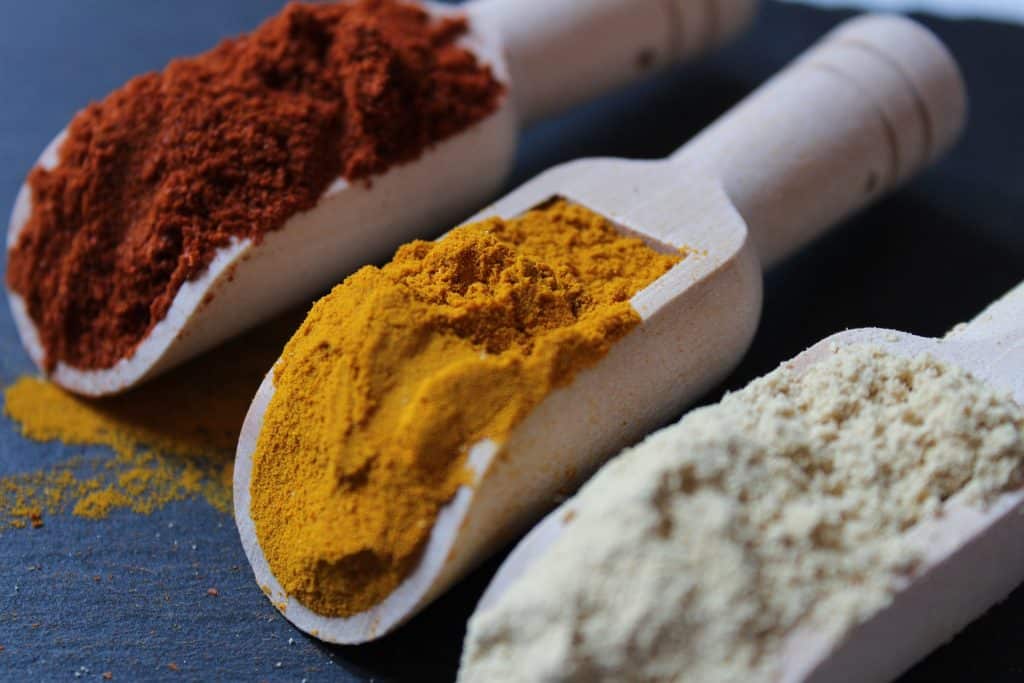What is L-Cysteine ?
What is N-Acetyl-L-Cysteine ?
L-Cysteine and N-Acetyl-L-Cysteine (NAC) are related but distinct compounds, both of which are forms of the amino acid cysteine. Here’s a comparison to help clarify their differences:
1. Chemical Structure:
- L-Cysteine: This is the natural, unmodified form of the amino acid cysteine, with a thiol (-SH) group that plays a crucial role in its antioxidant properties and in protein structure (e.g., through the formation of disulfide bonds).
- N-Acetyl-L-Cysteine (NAC): NAC is a modified version of cysteine where an acetyl group is attached to the nitrogen atom of the cysteine molecule. This modification makes NAC more stable and improves its absorption in the body.
2. Absorption and Bioavailability:
- L-Cysteine: As a free amino acid, L-cysteine can be absorbed directly, but it is less stable in the body and may not be as easily utilized, especially in its natural form.
- NAC: NAC has better bioavailability than L-cysteine because the acetylation protects it from degradation. Once in the body, NAC is deacetylated to form L-cysteine, which can then be used for the synthesis of glutathione (a major antioxidant) and other vital processes.
3. Glutathione Production:
- L-Cysteine: It is a key precursor for glutathione, but due to its instability, it is not as commonly used directly for glutathione production.
- NAC: NAC is more commonly used as a supplement to increase intracellular levels of glutathione. By providing a stable and more effective form of cysteine, NAC is often used to boost antioxidant defenses and detoxification processes.
4. Health Benefits:
- L-Cysteine: L-cysteine itself can contribute to antioxidant defense, protein synthesis, and detoxification. It also plays a role in collagen production and can support skin health.
- NAC: NAC is widely used for its potent antioxidant properties and its ability to help with conditions that benefit from enhanced glutathione levels. It has been studied for its use in liver detoxification, respiratory health (e.g., chronic obstructive pulmonary disease, or COPD), mental health (e.g., depression, anxiety), and even as a treatment for acetaminophen (Tylenol) overdose.
5. Uses in Medicine:
- L-Cysteine: L-cysteine may be used in certain medical situations, such as treating cysteine-related metabolic disorders or as a dietary supplement to improve general antioxidant status.
- NAC: NAC is often used in clinical settings for its role in treating acetaminophen overdose (it helps prevent liver damage by replenishing glutathione levels), as well as for chronic respiratory conditions, and as an adjunct in mental health treatment.
6. Side Effects:
- L-Cysteine: High doses of L-cysteine may lead to gastrointestinal upset, including nausea or abdominal discomfort. The sulfur content may also contribute to an unpleasant odor in breath or sweat.
- NAC: NAC is generally well tolerated, but may cause similar side effects like gastrointestinal issues (e.g., nausea, vomiting, or diarrhea). Some individuals may experience allergic reactions or rash.
Summary:
- L-Cysteine is the natural amino acid form of cysteine, important for antioxidant function and protein synthesis but less stable in the body.
- N-Acetyl-L-Cysteine (NAC) is a more stable, bioavailable version that is frequently used as a supplement to boost glutathione levels, support liver function, and assist in various therapeutic uses, including respiratory health and mental health.
While both have similar functions in terms of supporting antioxidant pathways, NAC is often preferred in supplement form due to its superior stability and efficacy in increasing glutathione levels.




